Grisly Ancient Practice: Photos Reveal 'Gold of Valor'
The Right Hand
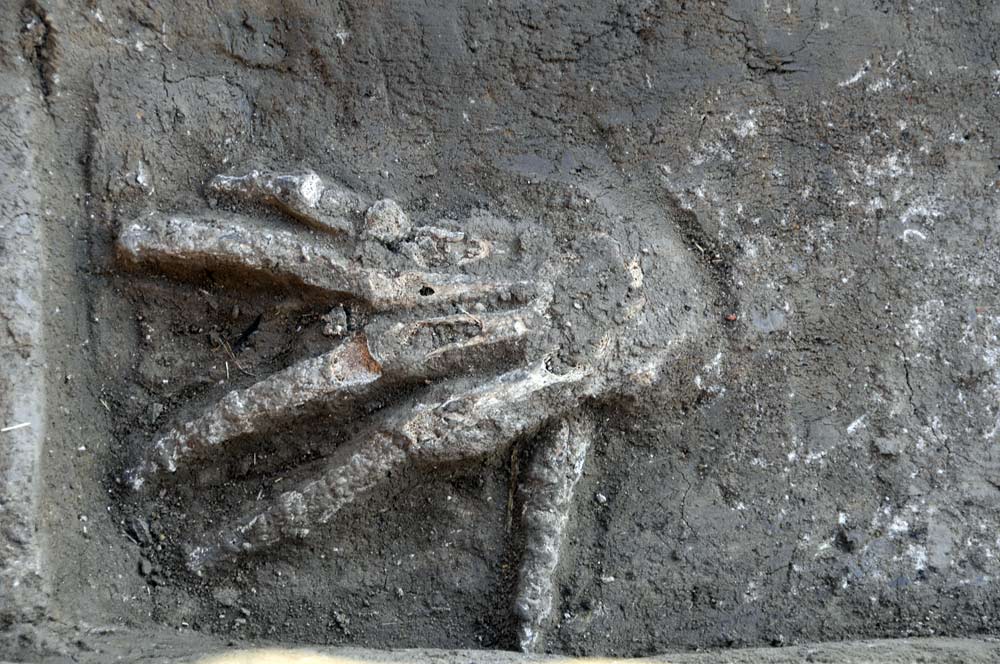
A severed right hand discovered in front of a Hyksos palace at Avaris (modern-day Tell el-Daba). It would have been chopped off and presented to the king (or a subordinate) in exchange for gold. This discovery is the first archaeological evidence of the practice. At the time they were buried, about 3,600 years ago, the palace was being used by King Khayan. The Hyksos were a people believed to be from northern Canaan, they controlled part of Egypt and made their capital at Avaris on the Nile Delta.
Whose Hands?
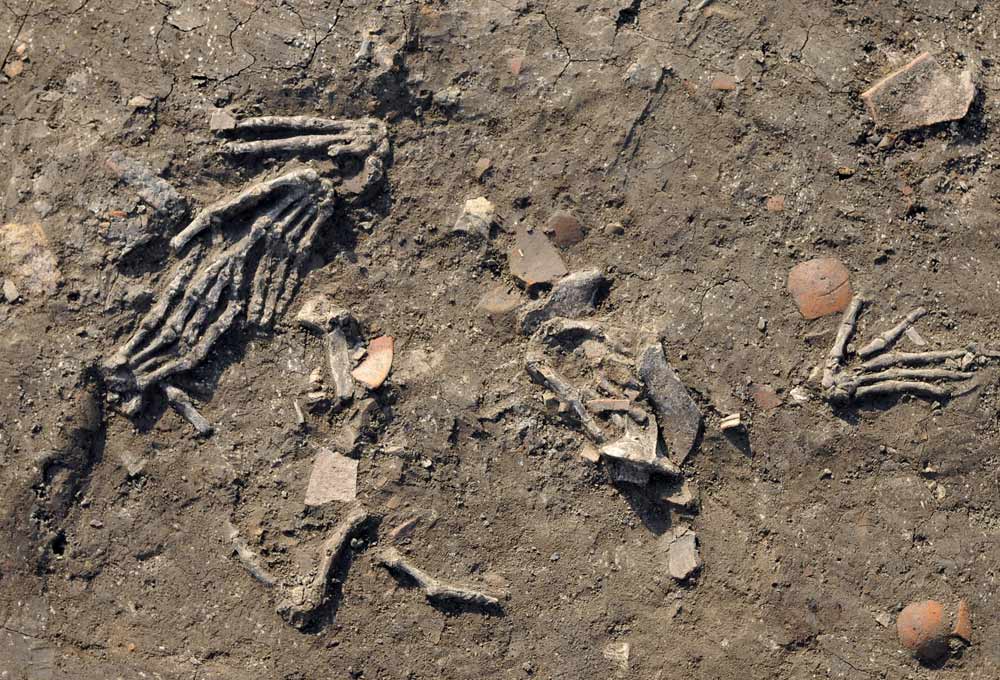
In two of the pits 14 right hands were discovered, while two other pits were found holding one right hand each. It's not known whom these hands belonged to, they could have been from Egyptians or people in the Levant.
Gruesome Practice
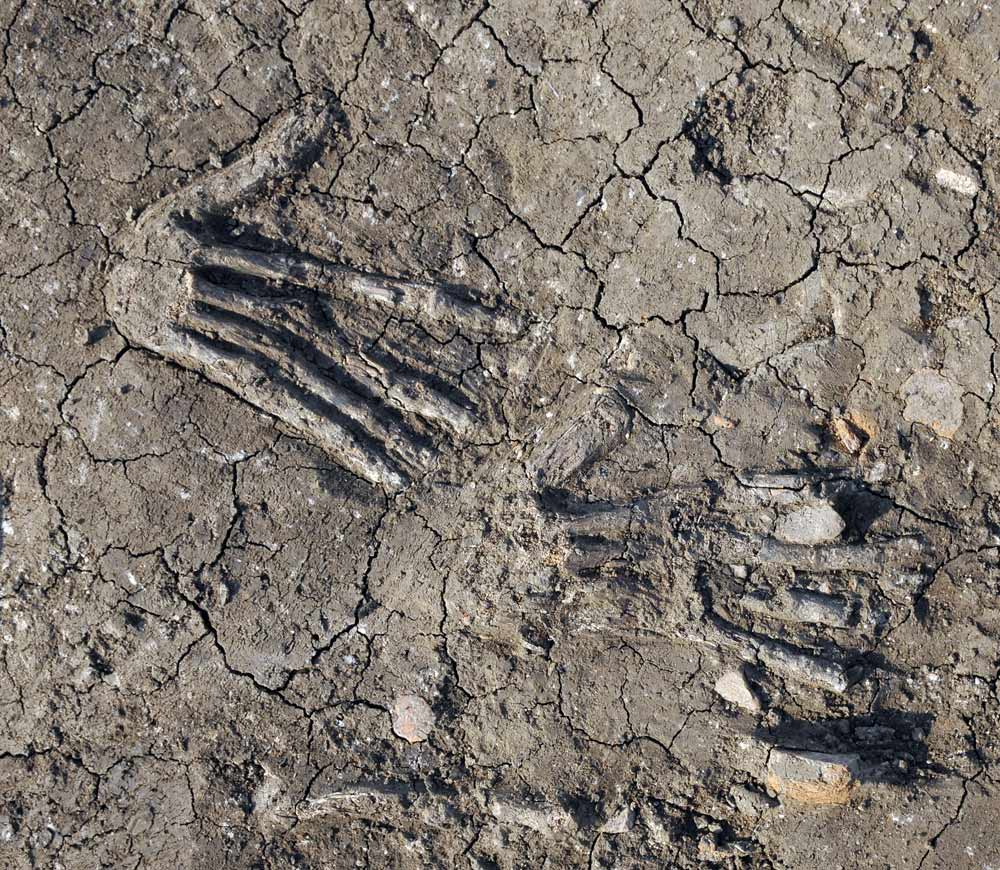
Two right hands found in a pit. It's not known who started this gruesome practice of cutting off right hands in exchange for gold. There are no records of it being done in northern Canaan, where the Hyksos are believed to be from. It could have been an Egyptian practice that the Hyksos picked up, it could be vice-versa, or both sides could have gotten it from somewhere else entirely.
Hand of Hyksos
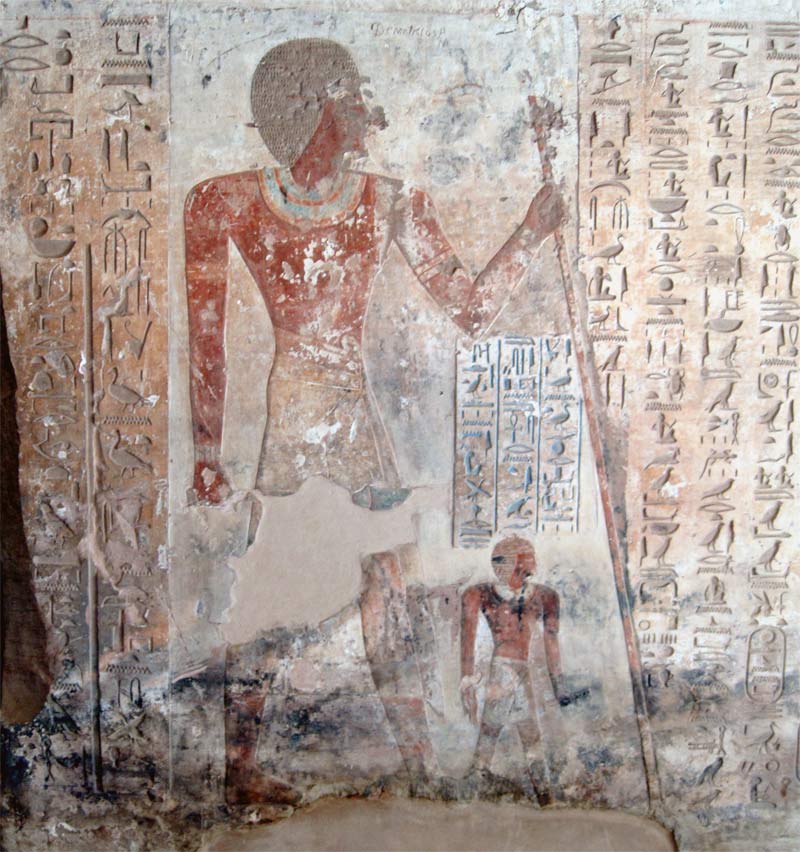
Ahmose, son of Ibana, was an Egyptian soldier who fought under several pharaohs, participating in campaigns against the Hyksos and Nubians. His tomb records that he received the "gold of valor" for chopping off the hand of a Hyksos soldier and presenting it as a trophy.
Gift for Ramses III
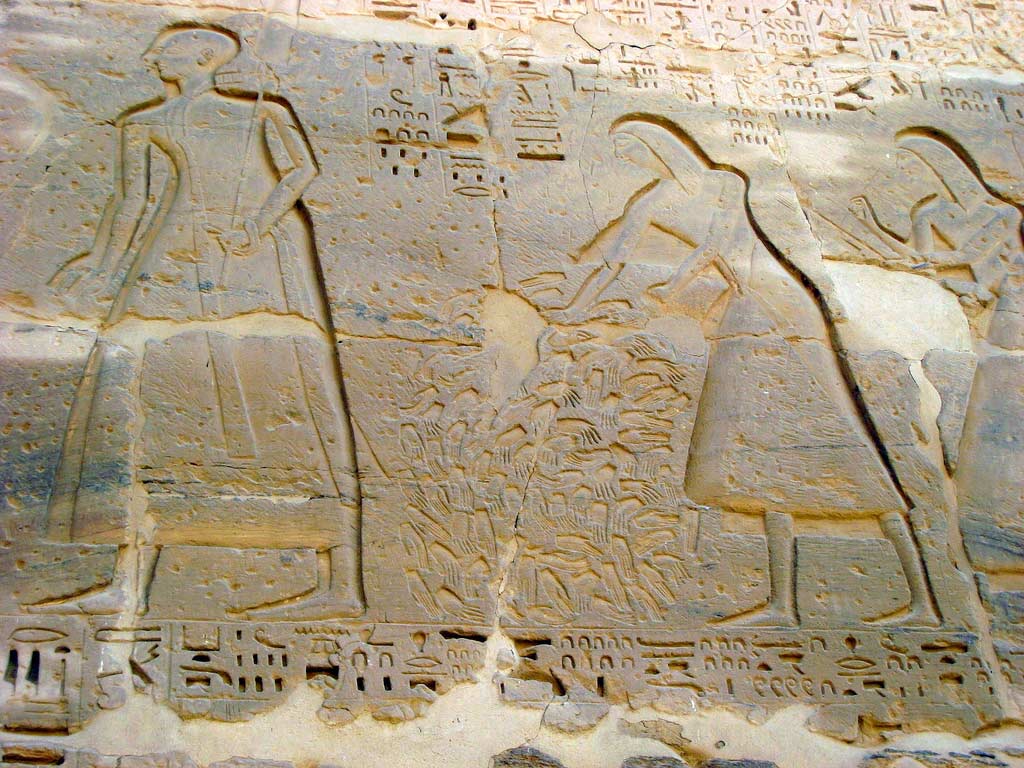
This image was created about 400 years after the Avaris hands were deposited. It shows the chopped-off hands of enemy soldiers being prepared for Ramses III, a pharaoh of Egypt, after a successful campaign.
Egypt Prisoners
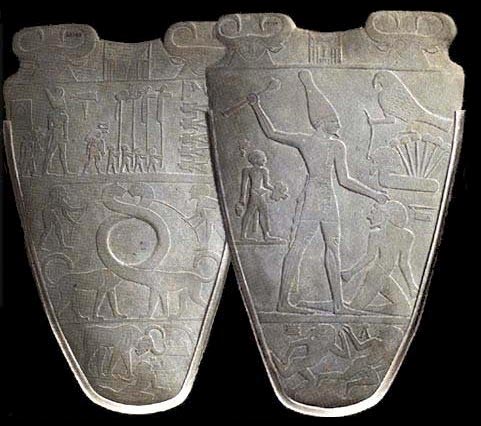
The Narmer palette, dating back about 5,000 years to the time of Egyptian unification, shows decapitated prisoners and a pharaoh about to smash a man's head. Although it predates the new Avaris evidence by more than a millennium, it shows, in graphic detail, the poor treatment of prisoners in ancient Egypt.
Sign up for the Live Science daily newsletter now
Get the world’s most fascinating discoveries delivered straight to your inbox.

Owen Jarus is a regular contributor to Live Science who writes about archaeology and humans' past. He has also written for The Independent (UK), The Canadian Press (CP) and The Associated Press (AP), among others. Owen has a bachelor of arts degree from the University of Toronto and a journalism degree from Ryerson University.










